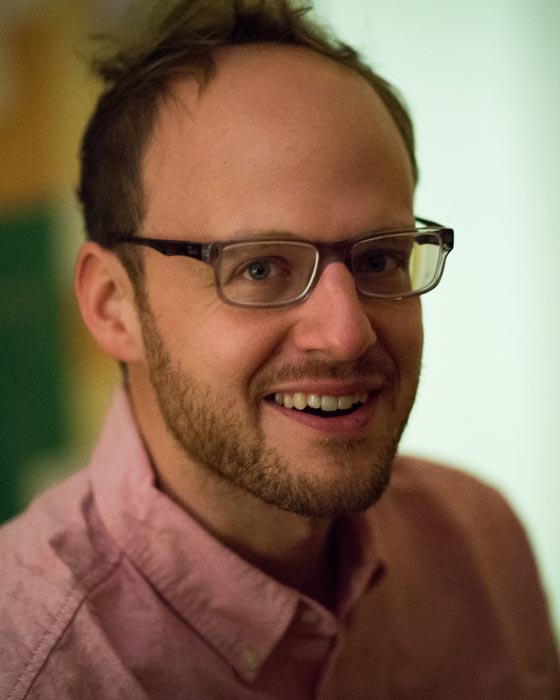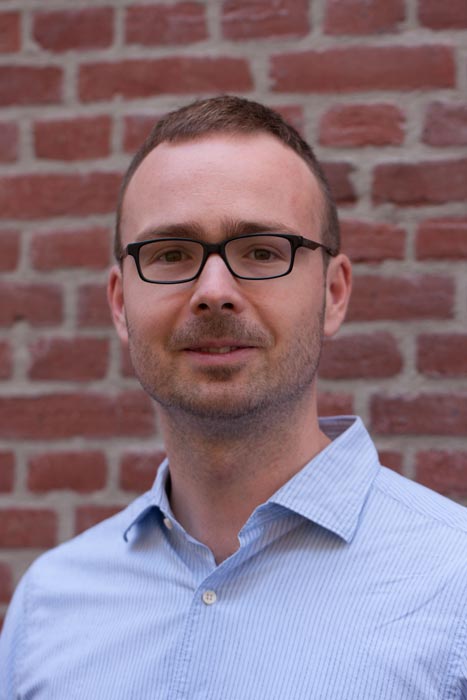September 29, 2014
Three new professors join IST Austria
IST Austria President Thomas Henzinger presents successful young scientists • Expansions in the fields of biology and mathematics

Martin Loose 
Jan Maas 
Beatriz Vicoso
This morning, President Thomas A. Henzinger announced the names of three new professors: the systems biologist Martin Loose, the mathematician Jan Maas and the evolutionary biologist Beatriz Vicoso are joining the Institute of Science and Technology Austria (IST Austria) as Assistant Professors bringing the number of the faculty to 34. Loose and Vicoso will start their research at IST Austria in early 2015, Maas on October 1, 2014. Henzinger greeted the three scientists: “These appointments once more illustrate the attraction of IST Austria to extraordinarily promising young scientists. I am very happy that they decided to join IST Austria at this stage of their career. Here they can expect an environment that will enable them to contribute outstanding results to their field of research.”
Martin Loose, a German citizen born in 1980, is doing research in Systems Biology. He studied Chemistry at the University of Heidelberg and performed his predoctoral studies in the group of Petra Schwille at the Biotechnology Center of the University of Dresden and the Max-Planck-Institute for Molecular Cell Biology and Genetics in Dresden. After receiving his PhD in 2010, he spent a further year as a postdoctoral fellow in Schwille’s lab. In 2011, he joined the Department of Systems Biology at Harvard Medical School, Boston, USA, as an independent Departmental Fellow to work in the lab of Timothy Mitchison.
His research aims to understand the mechanisms and evolution of biochemical self-organization and how proteins, which are much smaller than the cell, are able to organize intracellular space. As a graduate student, he demonstrated for the first time that complex protein patterns could be reconstituted in vitro in a simple, mathematically easily accessible setting. In his postdoctoral studies Loose developed a novel model for the initial steps of bacterial cell division.
Jan Maas, born 1982, is a Dutch mathematician studying problems in probability theory and analysis. He is mostly interested in optimal transport, stochastic partial differential equations, and stochastic analysis. He did his undergraduate (2000-2005) and graduate studies (2005-2009) in Applied Mathematics at Delft University of Technology. After a short stay at the University of Warwick and the Courant Institute of New York University, he moved to the University of Bonn partly supported by the prestigious NWO Rubicon Fellowship for postdoctoral research stays abroad. He has been one of the principal investigators of the new Collaborative Research Centre “The Mathematics of Emergent Effects”.
In his postdoctoral work Jan Maas developed an extension of optimal transport theory with applications to discrete stochastic processes. These processes provide a mathematical description of various phenomena in nature, but also in other areas such as computer science. In other work, jointly with Austrian Fields medalist Martin Hairer and Hendrik Weber, Maas obtained several approximation results for rough stochastic partial differential equations. These equations model physical systems with irregular random perturbations.
Beatriz Vicoso is a Portuguese Evolutionary Biologist. She studied Genetics at the Federal University of Rio de Janeiro in Brazil and received her PhD in Evolutionary Genomics in 2009 at the University of Edinburgh, UK. Her predoctoral studies were performed in the group of Brian Charlesworth. Since 2009, she has been a postdoctoral fellow in the laboratory of Doris Bachtrog at the University of California, Berkeley.
Vicoso’s primary research interest is the evolution of sex chromosomes, the chromosomes that determine gender in many species. Her postdoctoral work focused on using next-generation sequencing to study the sex chromosomes of various non-model species, including trematodes, birds, snakes and insects. She uncovered several novel patterns, such as the first known case of a differentiated X-Chromosome reverting back to an autosome, a lack of dosage compensation in snakes, and the persistence of homomorphic sex chromosomes through sex-biased gene expression in emus.



